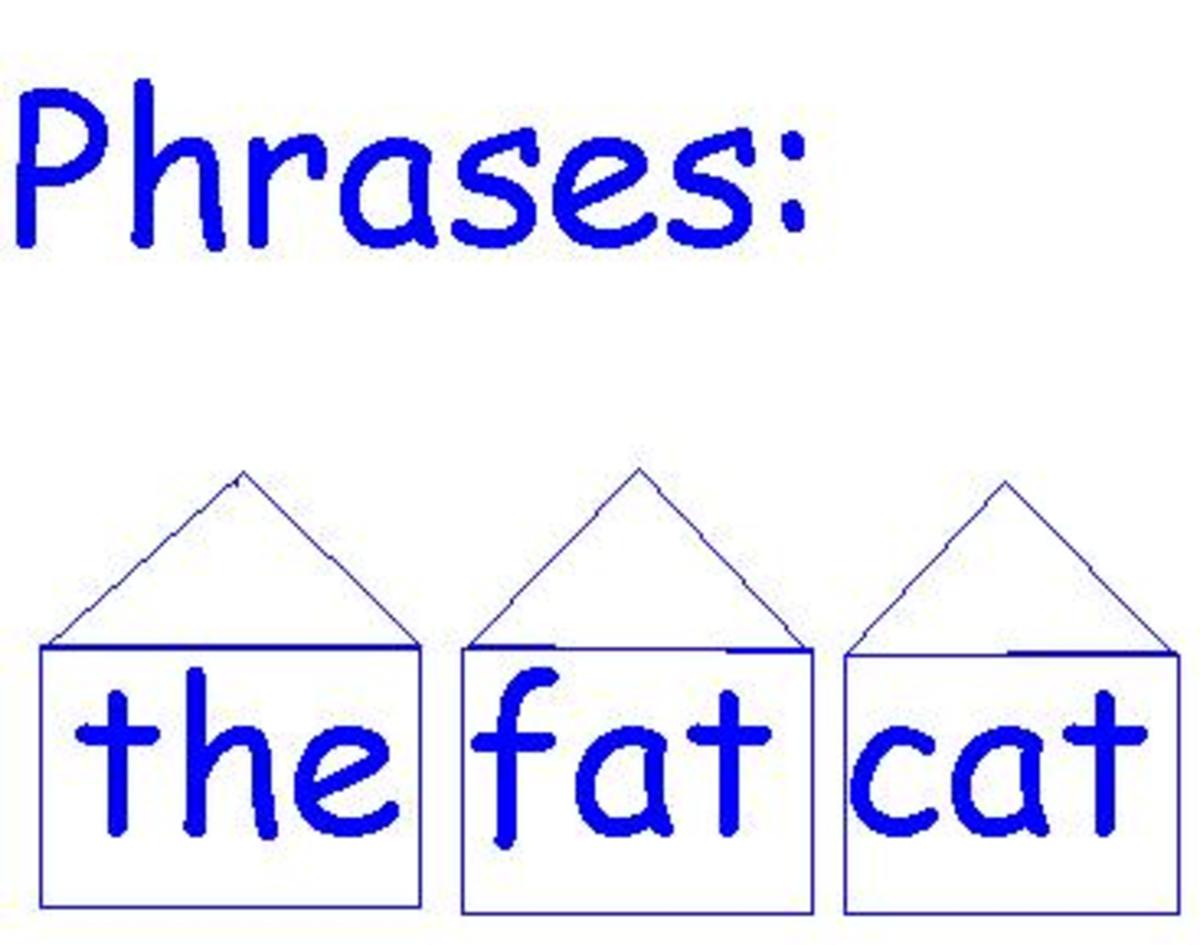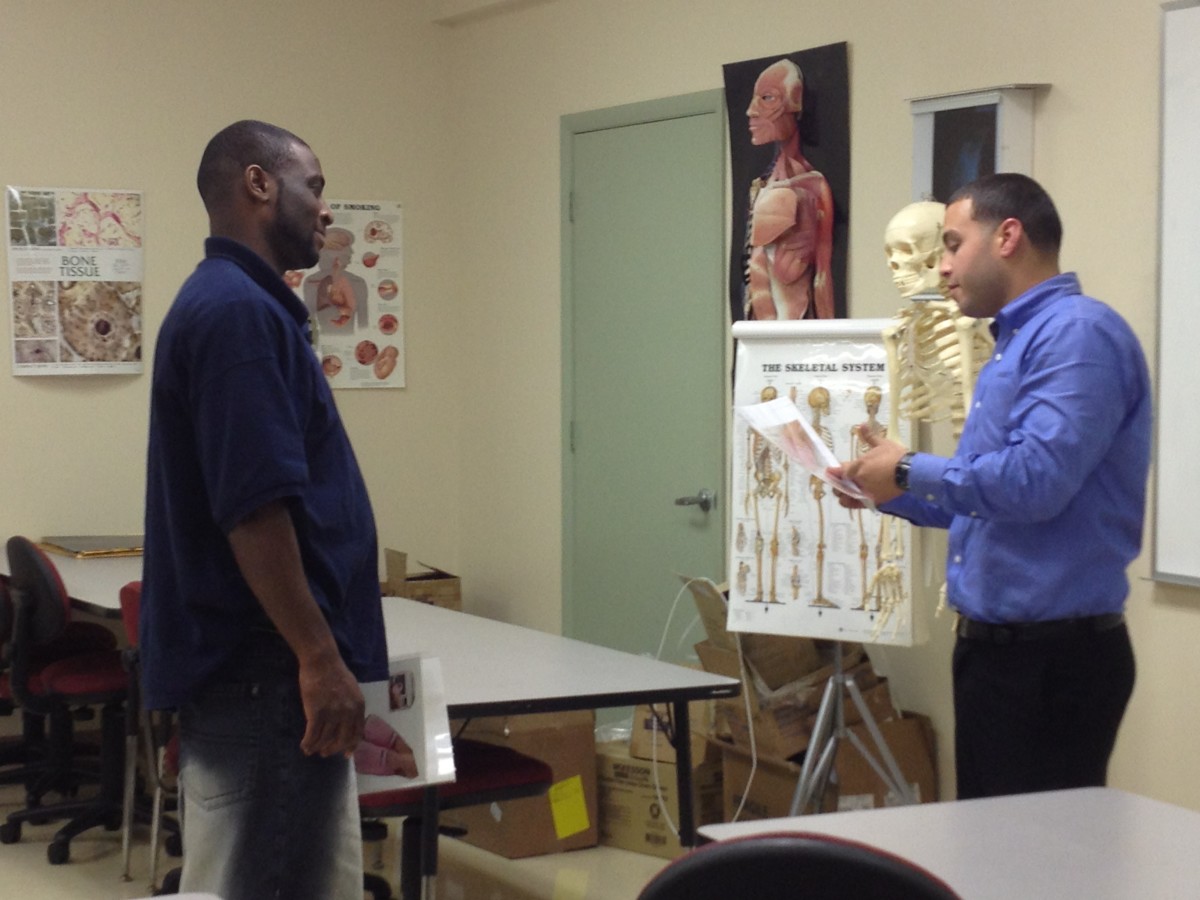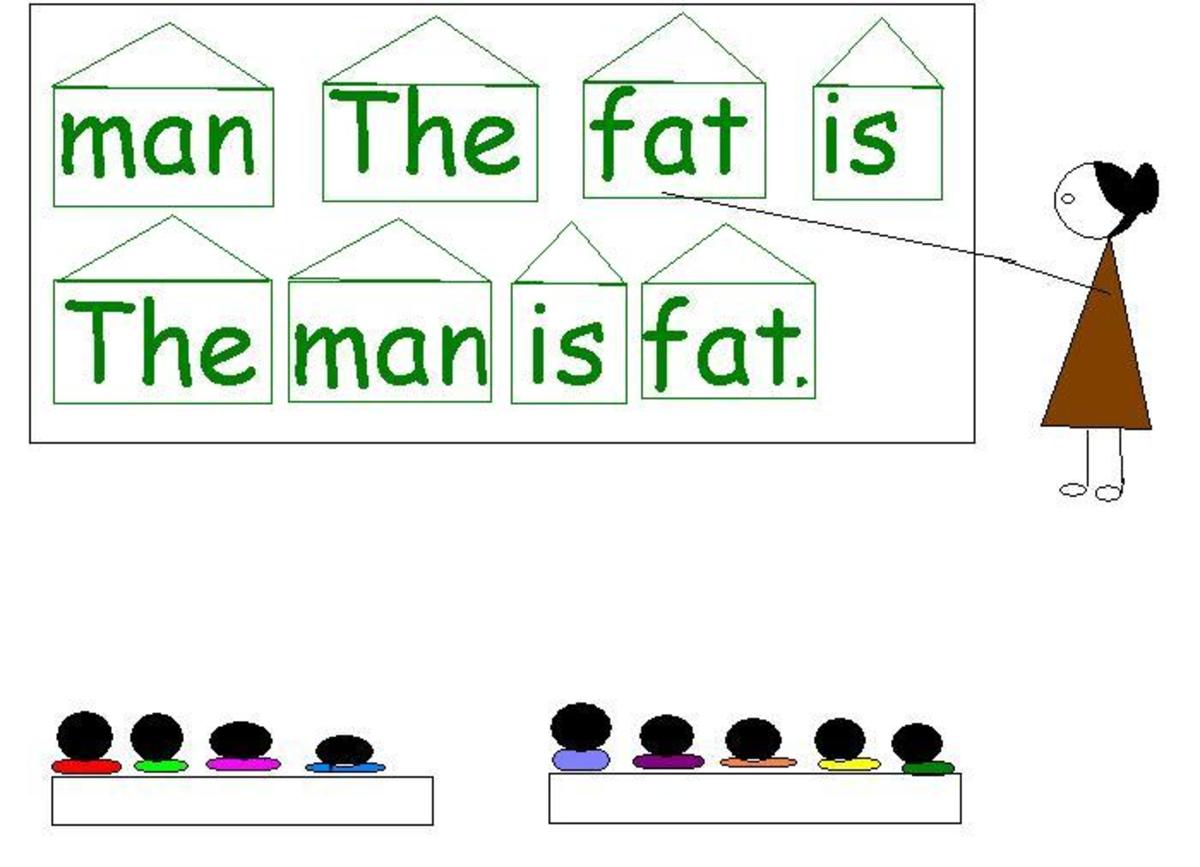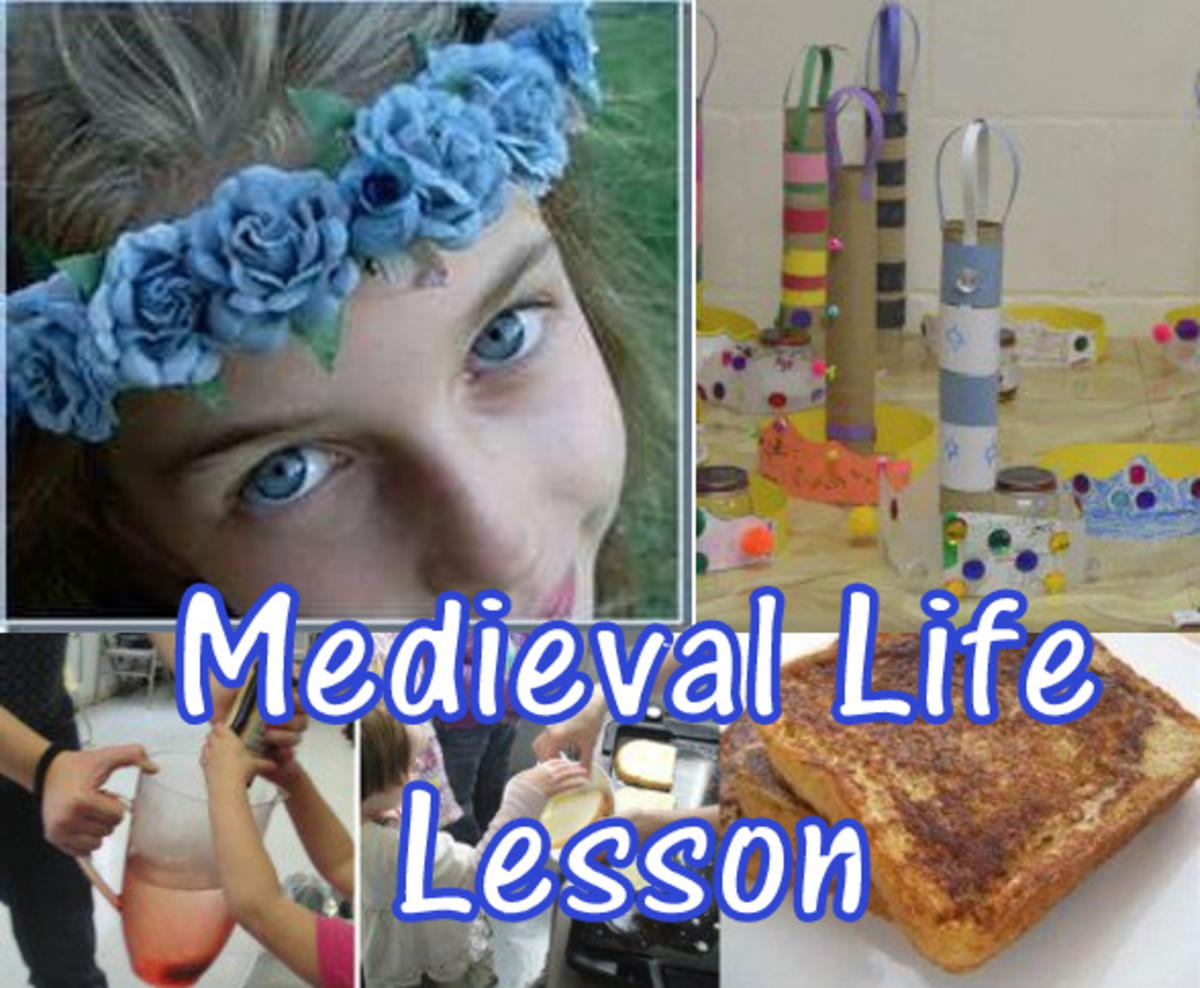Why Active Reading Helps You Remember What You Read {And Why Active Reading is so Important in a Study Session}

Do you remember what you read?
Have you ever read a page in a book and then not remember a single word of what you just read? If so, you are likely distracted and reading the text passively instead of actively.
While passive reading isn't necessarily bad when reading a fiction book or when reading something just for fun, if the book is for a class you're in big trouble! Instead of reading just the words on the page (passive reading) you'll need to implement active reading techniques that engage your mind in the reading process and help you remember the text at hand.
Here are some simple ways to turn your study sessions from Passive to Active, based on Kanar's "The Confident Student":
First, pick a study location as free from distraction as possible and eliminate internal and external distractions. For example, pick a quiet place to study, and eat before you start studying so you won't be bothered by a growling stomach.
And remember, you can’t expect to do well in class if you don’t actually study for the tests and quizzes. While you should read the assignments as indicated by your teachers you must do much more in order to be successful. Consider using the SQ3R system, which gives you a well-rounded system of going over material.
- SURVEY the book for an overview of the material. Look at the chapter headings, glossary and charts/graphs along the text.
- QUESTION what you read. Consider what else you need to know (for example, definitions of words). Try to move from just knowing the material, to applying the material to evaluating the validity of the statements.
- READ actively. Determine the main ideas of each section, and re-read as necessary
- RECITE to focus and” record” what you read; memorization often takes purposeful attention.
- REVIEW aids retention and memory. Kanar suggests reviewing at least once between the first reading and pre-test review.
Start with the SQ3R system —
Study, Question, Read, Recite, Review
and then adjust the system to suit your learning preferences and personality.
Take time to "Connect & Reflect"
Connect new information with previous knowledge and then reflect on how you can apply the information.
How to Enhance Your Study Time
Active reading involves more than just looking at the words. As you study and read your textbook, use these tips to move you from passive to active reading.
- Pay attention to graphics
- Make timelines
- Take detailed notes
- Make and use study flashcards
- Define terms and make lists of important people/events
- Make real-world connections
References
Kanar, C. C. (2011). The confident student. Boston, MA: Wadsworth.
Watch this quick 2 minute video below for tips on active reading.









